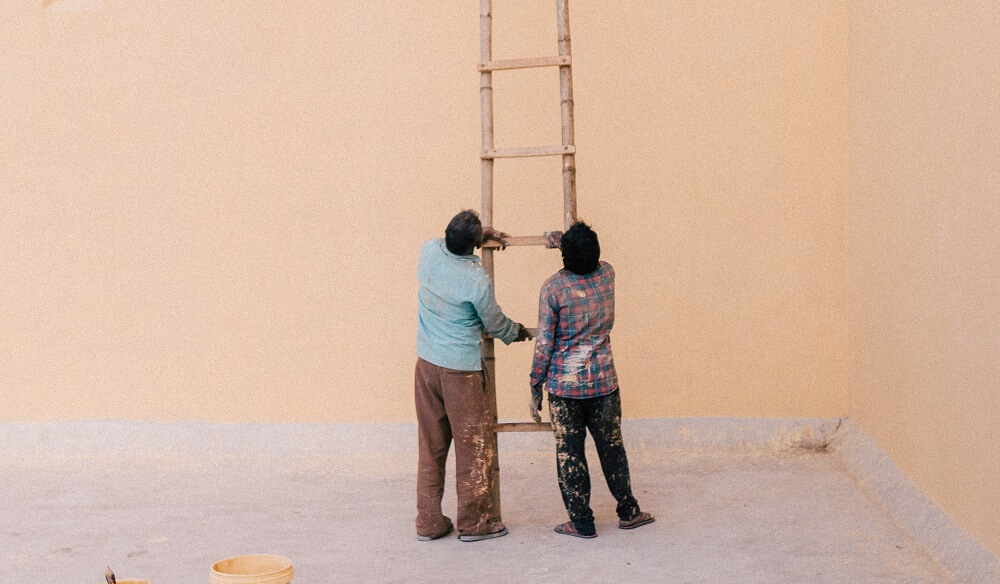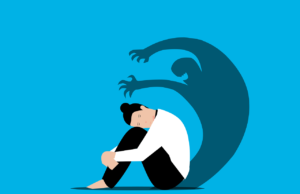
Neural Exercises to Improve Self-Regulation

No man is an island entire of itself; every man
is a piece of the continent, a part of the main …
John Donne
Prevalence, Epidemiology and Comorbidity
Self-regulation is crucial, but throughout life, we also need each other for co-regulation. Initially the co-regulation our primary caregivers provide us, which occurs against the backdrop of an actively ongoing “two-way” communication between our respective nervous systems, promotes the development of our initially rudimentary self-regulation. As we mature, we are better able to self-regulate, yet continue to depend on others as well. Being a social being, we communicate with each other even without knowing each other, sometimes even from afar.
Our nervous systems pick up both direct and subtle messages, both consciously and unconsciously, via the music of our speech (e.g., the patterns of rhythm and sound, its tempo and pitch, the tone of our voice, the nuanced pauses in between our vocalizations). Add to this our choice of words, their manifest content, and last but not least, our accompanying facial expressions and body language. When we look at someone, our brains interpret what they broadcast and this evokes a response, which in return will lead to a response, and so forth.
What is it that we are communicating?
Our autonomous nervous system (ANS) is responsible for control of the bodily functions that are not voluntarily directed, such as breathing, the heart beat, and digestive processes. We now know that it provides the backdrop to our thoughts, feelings and story i.e., the narrative we believe about ourselves.
As Porges, Tomkins and others have shown, we broadcast our feelings via our voice and face, sending forth cues of safety or danger, not necessarily aware of the messages we are communicating to others, but affecting their nervous systems nevetheless. Sometimes we broadcast a mixed message, which can be very confusing.
The ANS works constantly to asses cues of safety and danger, via a process that Porges termed neuroception. Neuroception differs from perception in that it is not conscious, but rather, occurs below the radar of awareness.
According to Porges, safety is the presence of connection, and not merely the absence of threat. Like attachment, co-regulation is a “biological imperative” which we need in order to survive.
Thanks to Porges, we now know that our ANS has three legs to stand on:
The ventral vagal system (part of the parasympathetic nervous system) is our “home”, our preferred neural resting state.
The ventral vagal branch innervates the face-heart connection and supports social engagement, which relies heavily on nuanced facial expression. When in vagal, we experience others as safe and this allows us to be open to and to connect with them, to experience curiosity.
Porges has described a vagal break — a ventral vagal circuit to the heart’s pacemaker, that either speeds up or slows down the heart. The vagal brake allows us access to sympathetic energy without triggering the HPA Axis, that is, without evoking a stress response.
In face of threat or danger, we have two defensive systems available to us:
the sympathetic system, which supports the defense modes of “Fight or Flight” and the dorsal branch of the parasympathetic system. The dorsal vagal branch is associated with a state of collapse and disconnect, in which we’d rather disappear or be left alone. Its function may be likened to that of an electrical circuit breaker that periodically disconnects and needs to be reset.
Though-out the day, we constantly move up and down the evolutionary “polyvagal ladder,” which ranges from dorsal vagal, at the bottom, to sympathetic, in the middle, to ventral vagal, on top. At each moment, the available charge of vagal energy “colors” the specific spot we occupy along the continuum of the dominant neural platform.
When the ventral vagal system maintains oversight of all systems and we experience ourselves at the vagal level, we can navigate the world with safety and flexibility, remain curious and open to various options, become creative, and connect with others. When in this zone, the sympathetic system regulates blood flow and heart rate and energizes us to play or make love and to perform daily tasks. At the dorsal vagal level, the tasks are, “rest, restore, digest.”
The sympathetic system regulates breath and heart rhythm, and mobiizes us. When it takes over, the parasympathetic vagal system is offline and we move out of social engagement. Thinking is affected. Adrenaline and cortisol are secreted as we mobilize for Fight or Flight. Digestion is interrupted.
When the dorsal vagal system is in charge, both ventral vagal and sympathetic systems are offline. In this state, we tend to dissociate, shut down, disappear or collapse. Digestive problems may arise.
Some practical tips on how to use this information
It is important and valuable to learn how to identify which neural state is “dominant” at a given moment in time—not only your own but perhaps also that of others around you, such as your partner, child, co-worker and so forth. Each state is characterized by different thoughts and feelings. Becoming better acquainted with yourself and your nervous system is a process you may begin on your own and then refine in therapy, ideally, with someone trained in polyvagal theory.
Take the time to ask yourself how connected to yourself, to others or to your higher power as you undertand it, at a given moment. How are you feeling? How activated are you? Are in a “fight” or “flight” mode, or perhaps plunging into “collapse” and dissociation?
While these transitions initially occur outside our awareness, you can learn to manage them and regain your inner balance.
As a neural exercise, you may wish to plot these fluctuations on a graph, by drawing a timeline on the horizontal axis, and dividing it into increments of time, such as hours. On the vertical axis, you can plot autonomic tone (e.g., where you are on the ventral vagal, sympathetic or dorsal vagal continuum). This exercise will to give you a better sense of your variations during the day.
Once you are able to establish where you are on the polyvagal ladder (hint: you are always perched on the ladder, the question is where) perhaps you can ask yourself:
- how you got there to begin with (e.g., triggers of danger, micromoments of feeling good)
- what you need in order to prolong your stay in the ventral vagal state or inch your way and move along the dorsal and sympathetic continuums. The resources you identify may be things you can either do on your own or with others.
References
Dana, D. (2020). Polyvagal Exercises for Safety and Connection. Norton.
Porges, S. W. (2017). The Pocket Guide to The Polyvagal Theory. The Transformative Power of Feeling Safe. Norton.
Tomkins, S. (1962). Affect imagery consciousness: The Complete Edition, 2008. Springer.









